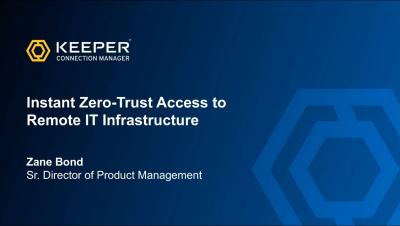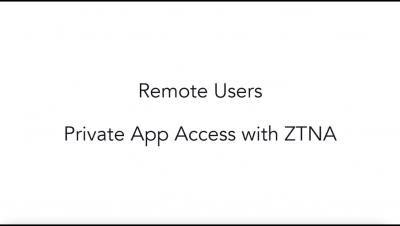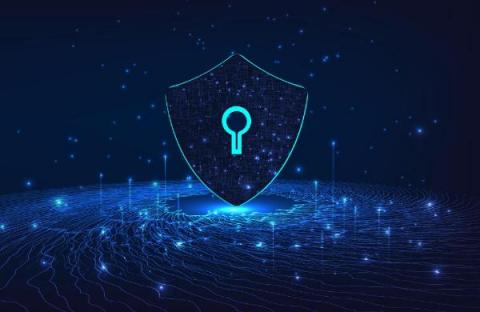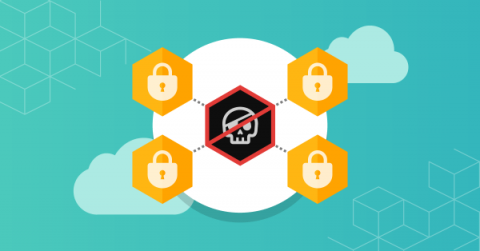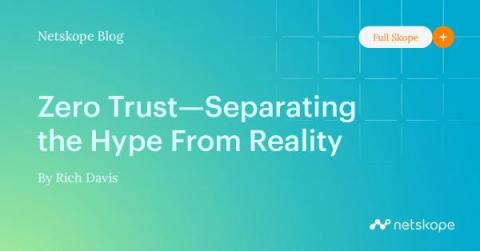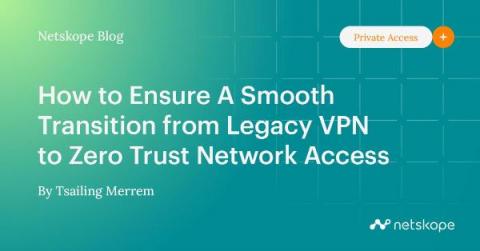How Zero Trust Strengthens Password Security
Password security is crucial to preventing cyberattacks. It is important to find a password manager that enables the zero-trust security model to mitigate the risks of data breaches from compromised user accounts. The U.S. government released a memorandum earlier this year, detailing the requirement for federal agencies to achieve zero trust by the end of Fiscal Year 2024 in an effort to strengthen their cyberdefenses.





